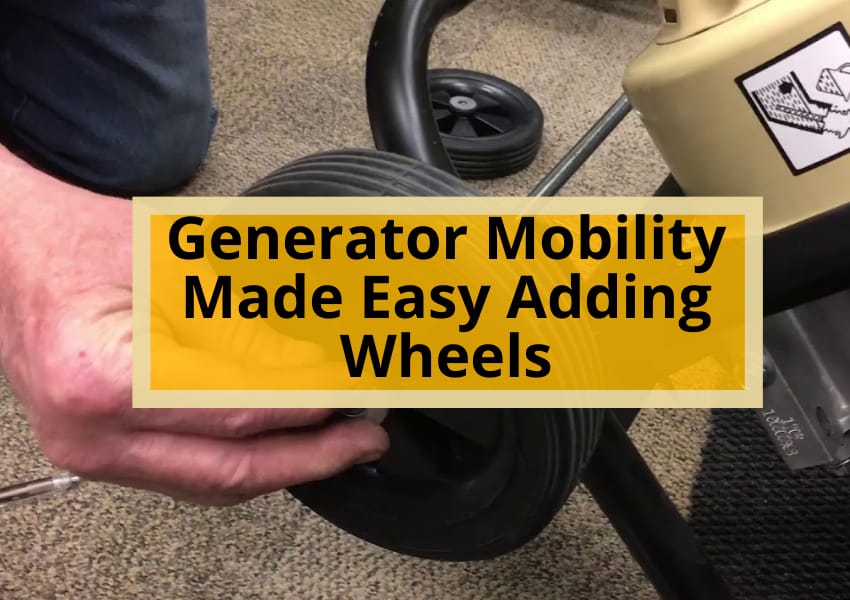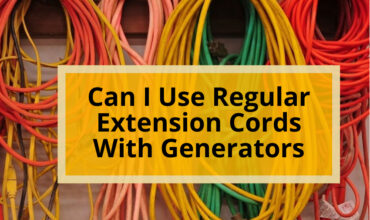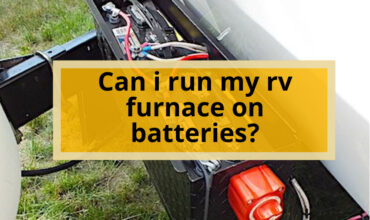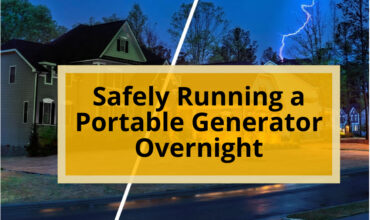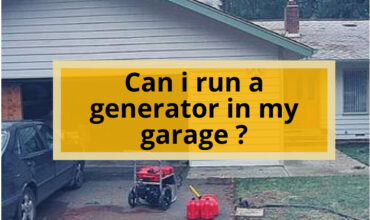Moving a portable generator can be like trying to drag a boulder up a steep hill – a tedious and exhausting task. Fortunately, adding wheels to your generator can make it much easier to move around, providing greater convenience and portability.
But before you start installing wheels, it’s important to understand the process and take precautions to ensure safe and proper use.
In this article, we will guide you through the process of generator mobility, discussing compatible wheels, removing the base, and securely attaching the wheels. We will also provide tips on generator use and fuel storage, as well as safety measures to keep in mind.
With our help, you’ll be able to add wheels to your generator with ease and enjoy the benefits of a more mobile and transportable power source.

Preparing for Installation
The process of preparing for the installation of wheels on a portable generator involves several important steps. Firstly, the base of the generator must be removed to allow for the installation of the wheels. This can usually be done by removing a few bolts or screws that attach the base to the generator frame. It is important to follow the manufacturer’s instructions for this step to avoid damaging the generator or causing injury.
Secondly, it is important to ensure that the chosen wheels are compatible with the generator. Some generators have specific types of wheels that are required for optimal performance and safety. It is important to check the specifications of the generator and the wheels to ensure compatibility. Additionally, tools such as wrenches and sockets may be needed to attach the wheels securely to the generator frame.
Following these steps will ensure that the installation of the wheels on the portable generator is done correctly and safely.
Installation Steps
To successfully attach wheels to a portable generator, it is necessary to first remove the base and ensure a flat surface for installation. The base of the generator can be removed by using a wrench or socket set to loosen and remove the bolts that secure it in place.
Once the base is removed, the wheels can be attached to the bottom of the generator using compatible bolts and hardware. It is important to ensure that the wheels are compatible with the generator and that they are securely fastened to prevent any accidents or damage to the generator.
Tools needed for the installation include a wrench or socket set, compatible wheels, and hardware. It is also recommended to have a flat surface to work on and a level to ensure the generator is level after the wheels are installed. Checking the manufacturer’s instructions for specific wheel installation instructions is also important to ensure the proper installation of the wheels.
By following these steps and using the necessary tools, adding wheels to a portable generator can be a simple process that greatly improves its mobility and ease of use.
also read : Fuel Optimization Tips For Owner-Operators: Save Big
Maintenance and Safety Tips
Maintenance and safety tips for portable generators are crucial for proper operation and longevity. To extend the shelf life of gasoline, a stabilizer should be added if the fuel is stored for more than two weeks. Stabilizers can prolong shelf life up to one year, and gasoline that is not used or drained within two weeks can clog the carburetor.
Regular fuel maintenance is essential to ensure the generator operates smoothly and efficiently.
Proper ventilation is also necessary to prevent carbon monoxide emissions. Carbon monoxide is a colorless, odorless gas that can be fatal if inhaled in large quantities. Therefore, generators should always be run outdoors and away from open windows, doors, or vents that could allow carbon monoxide to enter the home or other enclosed spaces.
Additionally, installing carbon monoxide detectors can provide an extra level of safety.
These maintenance and safety tips are crucial for emergency preparedness and ensuring a portable generator is a reliable source of power.
Frequently Asked Questions
Can I attach wheels to any type of portable generator?
Portable generator brands with wheels vary in compatibility with adding additional wheels. Pros of adding wheels include increased mobility, while cons may include difficulty in properly attaching and securing the wheels.
Is it safe to move a generator with wheels when it is running?
Moving a generator with wheels while it is running poses significant hazards. It can cause damage to the generator and appliances, and potentially lead to injury. Proper generator maintenance, including shutting it off before moving, is crucial to ensure safety.
Can I use any type of fuel stabilizer for my generator’s gasoline?
When it comes to generator maintenance, it is recommended to use a fuel stabilizer to extend gasoline shelf life. However, it is important to use a stabilizer specifically designed for generators and to follow manufacturer’s instructions.
How can I determine the appropriate size generator for my RV air conditioner?
Generator power consumption must be considered when choosing a generator for an RV air conditioner. The RV electrical system setup should also be taken into account. Proper sizing ensures adequate power supply without overloading the system.
Are there any additional safety precautions I should take when using a generator with wheels?
When using a generator with wheels, it is important to consider terrain and weight capacity limits to avoid tipping or damage. Follow manufacturer instructions and use carbon monoxide detectors for safety.
